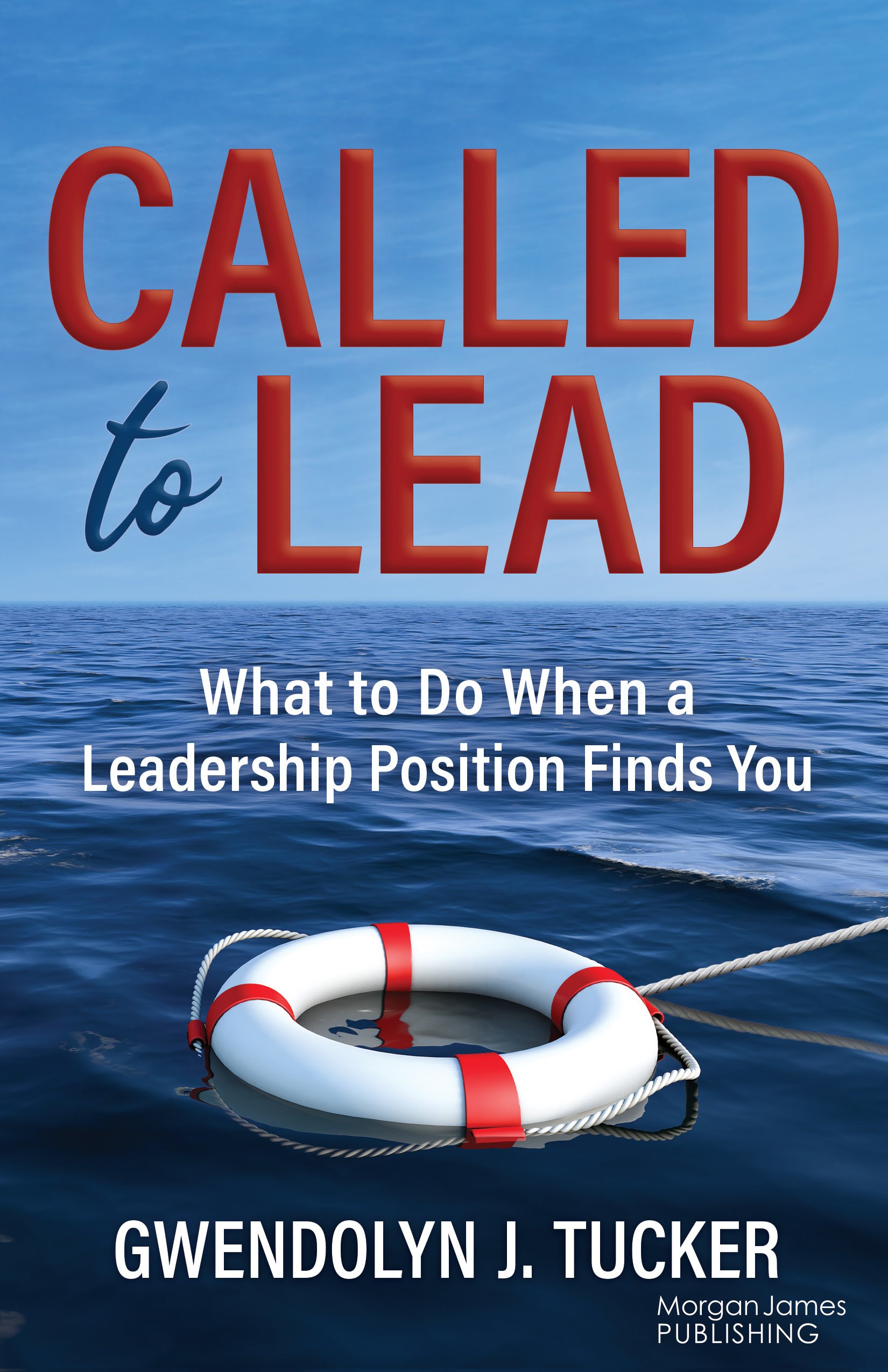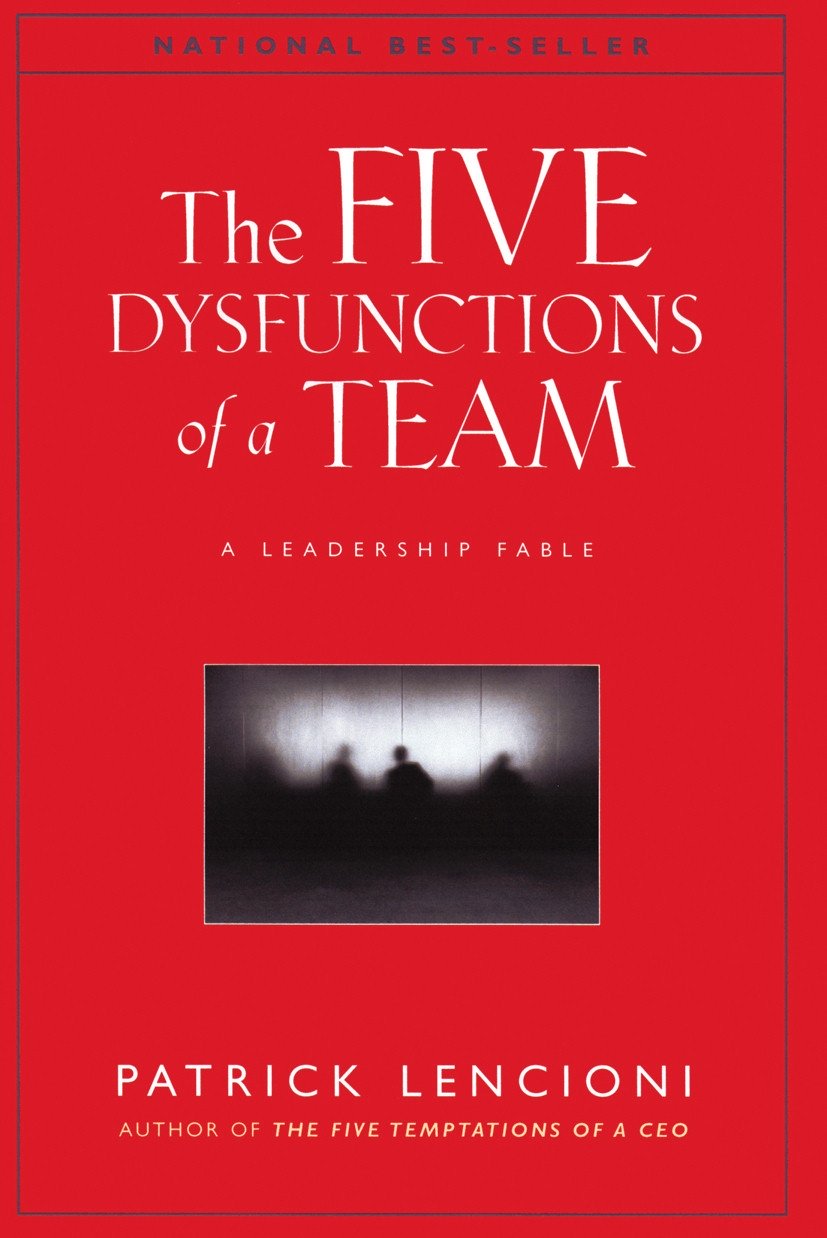Situational Leadership Model
The Situational Leadership Model was developed by Paul Hersey and Ken Blanchard. It emphasizes two components:
- Leader Style
- Follower Maturity or Readiness
The premise is that effective leaders know how to adapt the appropriate style to the maturity or readiness of a person or group being led.
An Achilles Heel for some who hold a leadership position, especially new managers and supervisors, overlook the fact that there are certain types of followers. And it requires them to flex their leadership style.
Those who master these concepts realize a high degree of success.
Since leader style is described in more detail here, let's take a deeper dive into Follower Readiness or Maturity Levels.

Situational Leadership Model
According to Hersey and Blanchard, there are four (4) maturity levels:
- M1 - Low
- M2 - Moderate
- M3 - Moderate
- M4 - High
Maturity or readiness has two parts: ability and motivation.
Ability includes the skills and understanding to complete the task at hand.
Motivation relates to the incentive to accomplish the task and the willingness to assume responsibility.
M1
The follower with a Maturity Level 1 is described as unable and insecure.
This person is low in skill and will. They do not understand the task to be completed nor are they confident they can complete the task.
If we think hard enough, we can remember a time when we were at this level of maturity in a specific situation.
The person rated as M1 has low ability and low motivation. The appropriate leader style is S1: Telling.
M2
The follower with this level of maturing is willing but unable to take full responsibility without help from the leader.
The person with these attributes remind me of the Story of The Little Engine That Thought It Could. This person repeats him/herself: "I think I can, I think I can!"
M3
A follower with readiness level 3 is very capable but low in confidence.
You may have worked with someone like this. They are talented but do not realize it. They cut themselves short, thinking they can't when in reality they have the skills to do the job and do it well.
The leader should use a supporting style with this follower, one that is low task but high relationship.
M4
The person with this maturity level is high in ability and high in motivation. The are up for the challenge and ready to accept full responsibility for success.
When this is the case, the leader delegates the task and stays engaged to monitor progress.
Situational Leadership Overview
Want To Know More?
It is very important to determine task-specific readiness.
Becoming too dependent on a preferred style will prove detrimental for the leader and the follower. Style must align with follower readiness.
To see how the situational leadership model works, please read more.
Improve Your Relationship with Your Boss
Are you looking to improve your relationship with your boss? If so, the Boss Relationship Worksheet will help you better understand and communicate more effectively with your immediate supervisor.
To download your copy, submit your information on the form below.
After completing the Boss Relationship Worksheet, you will find that the following will prove helpful in showing you how to cultivate a better working relationship with your boss:
 |
I published my first book and I am beyond excited.
Get your FREE copy of Called to Lead!
ORDER PRINT HERE
Leaders don't
create
followers.
Leaders
create
other
leaders.
- Tom Peters













